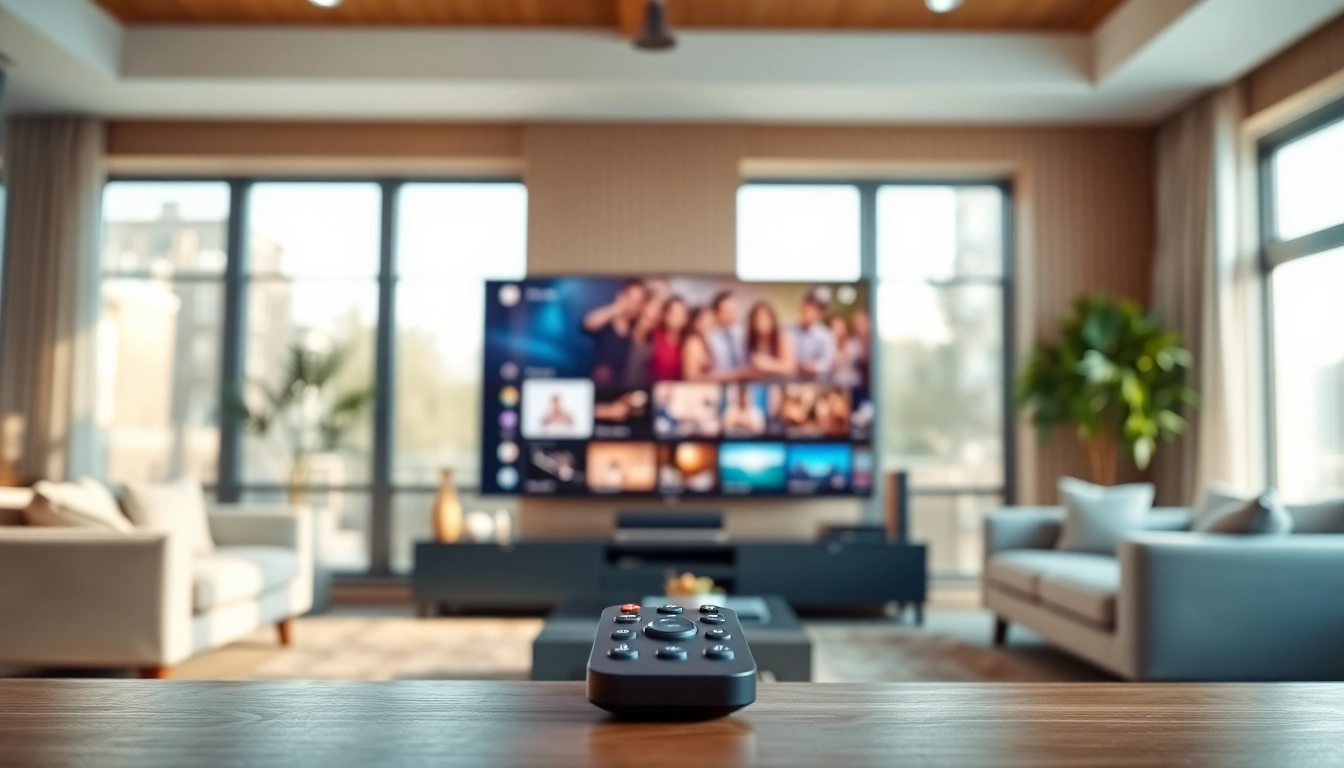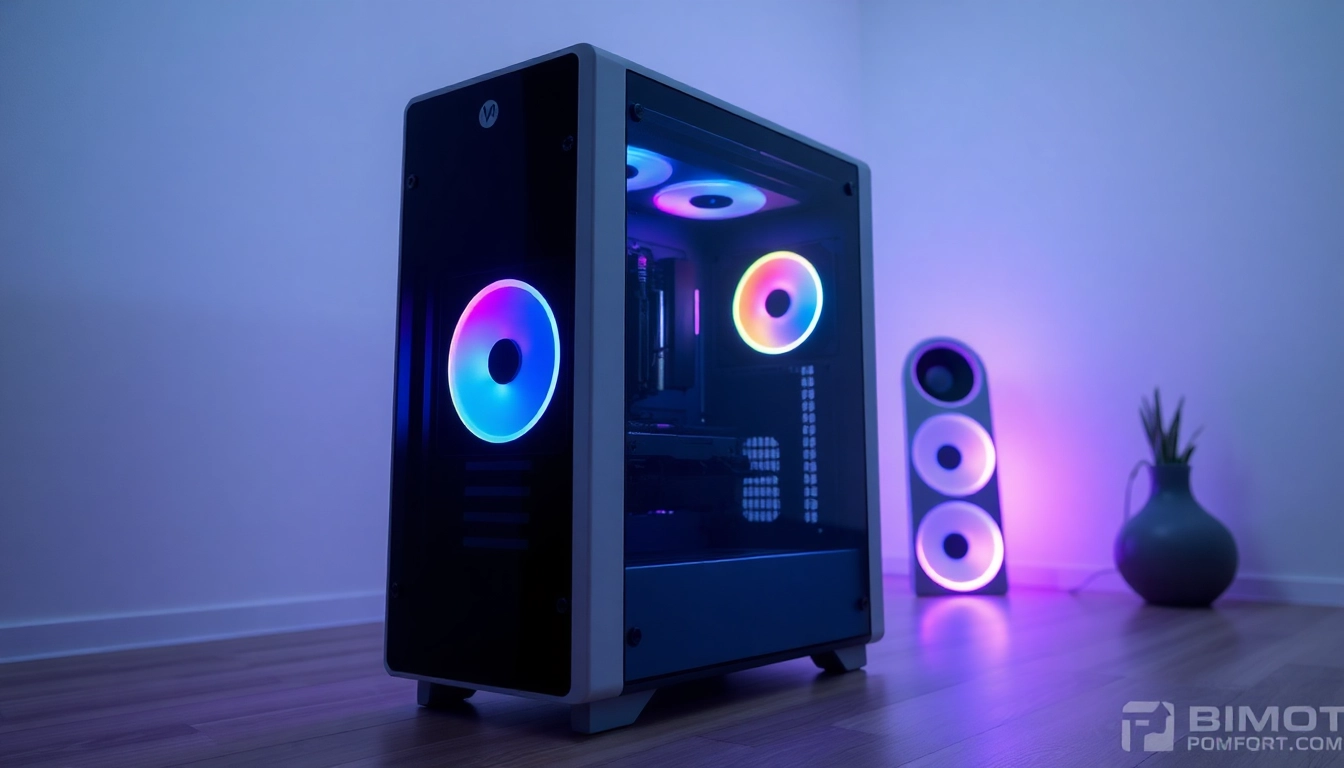Understanding Smart TV Scheduling Features
What is Smart TV Content Scheduling?
Smart TV content scheduling allows users to automate the playback of various media content on their televisions at designated times. This feature is crucial for environments such as retail, education, or hospitality, where dynamic content is needed to engage audiences effectively. By programming content to display at specific times, users can enhance audience engagement and streamline content management.
Benefits of Scheduling Content on Smart TV
Scheduling content on smart TVs presents several advantages:
- Time Efficiency: Users can plan their content in advance, allowing them to focus on other tasks while their displays operate autonomously.
- Consistent Messaging: For businesses, scheduled content helps maintain consistent communication and branding across displays.
- Audience Engagement: Tailoring content for specific times enhances relevance, improving viewer interaction and retention.
- Cost-Effective Management: Automating content reduces the labor costs associated with manual updates and changes.
Common Smart TVs and Their Capabilities
Not all smart TVs offer the same scheduling features. Some popular smart TV brands include:
- Android TVs: These typically provide robust scheduling options through various apps and built-in features.
- Samsung Smart TVs: Known for their user-friendly interface, they support scheduling through the SmartThings app.
- LGE and Vizio: Offer similar scheduling capabilities often integrated within their respective operating systems.
Setting Up Your Smart TV for Scheduling
Initial Setup: Connecting Your TV
To begin scheduling content, ensure your smart TV is connected to the internet. This connection allows access to cloud services and content management systems, which may be required for scheduling:
- Connect your smart TV to your Wi-Fi network through the settings menu.
- Ensure any required applications for scheduling content are installed and updated.
- Log into your content management system or app to start managing your displays.
Accessing the Scheduling Menu
Most smart TVs will have a dedicated scheduling menu or option within their settings. Accessing this may vary based on the TV brand:
- Navigating to the “Settings” menu often provides an option for “Content Management” or “Scheduling.”
- Some TVs may require you to select the ‘Apps’ section to find the necessary scheduling application.
Choosing Content to Schedule
After accessing the scheduling menu, selecting the content is the next step. This might involve:
- Importing media files via USB or network storage.
- Selecting content from installed apps, cloud storage, or directly from the TV.
- Organizing content into playlists or categories for streamlined scheduling.
Step-by-Step Guide to Schedule Content on Smart TV
Creating Your First Schedule
To create your initial schedule:
- Select the content you would like to display.
- Choose the “Schedule” option, which will typically prompt you to set the specific time and duration for playback.
- Confirm your settings and save the schedule. Ensure to double-check the time zone settings if applicable.
Editing or Deleting Scheduled Content
To maintain an effective content schedule, you may need to edit or delete scheduled items:
- Access the scheduling menu and locate the scheduled content list.
- Choose the desired content to edit or delete, and follow prompts for changes.
Using External Applications for Enhanced Scheduling
Many third-party applications exist to enhance scheduling capabilities beyond default smart TV options. Utilizing these can improve effectiveness:
- Look for digital signage software that integrates with smart TVs.
- Consider applications that allow for remote content management, enabling flexibility for users who may not be physically present.
Best Practices for Managing Smart TV Content
Optimizing Content for Different Audiences
Understanding your audience is key for effective content scheduling. Different demographics may respond to specific types of content more favorably:
- Use analytics from previous content to guide decision-making.
- Test different content types and track engagement metrics to refine your approach.
Scheduling for Event-Based Content
Event-based scheduling can create excitement and anticipation among viewers. Consider these tips:
- Align content scheduling with local events, promotions, or seasonal activities.
- Use countdowns or teaser content leading up to major events to generate interest.
Monitoring and Adjusting Your Schedule
Regularly review scheduled content to ensure it remains relevant and effective:
- Utilize analytics and viewer feedback to make data-driven adjustments.
- Stay flexible and be prepared to replace content or adapt schedules based on real-time events or unforeseen occurrences.
Troubleshooting Common Scheduling Issues
Common Problems and Solutions
Despite the convenience of scheduling capabilities, issues may arise. Here are some common problems and their solutions:
- Content Not Playing: Verify that the media files are in a compatible format and are properly loaded onto the device.
- Incorrect Scheduling Times: Check time zone settings and ensure that scheduled times have been correctly set.
Where to Find Help and Resources
In addition to manufacturer support, online forums and user communities can be valuable resources. Websites dedicated to smart TV guides often have sections for troubleshooting and user-generated solutions.
Future Trends in Smart TV Content Scheduling
The future of content scheduling on smart TVs is likely to see advancements in AI-driven automation and enhanced personalization. The rise of smart home technologies and the Internet of Things may result in more integrated systems, further enhancing user experiences and opportunities for targeted content delivery.
For those looking to Schedule content on smart TV, understanding these features and best practices will help maximize viewer engagement and streamline content management.



